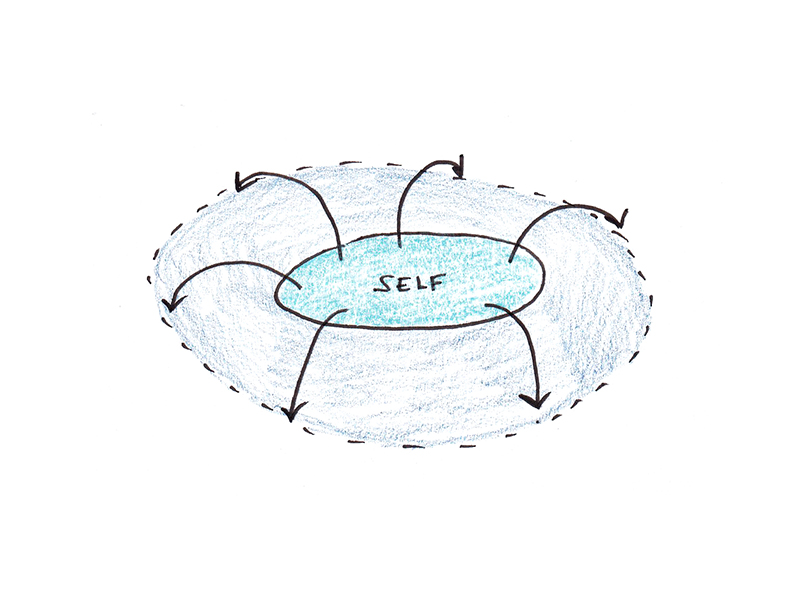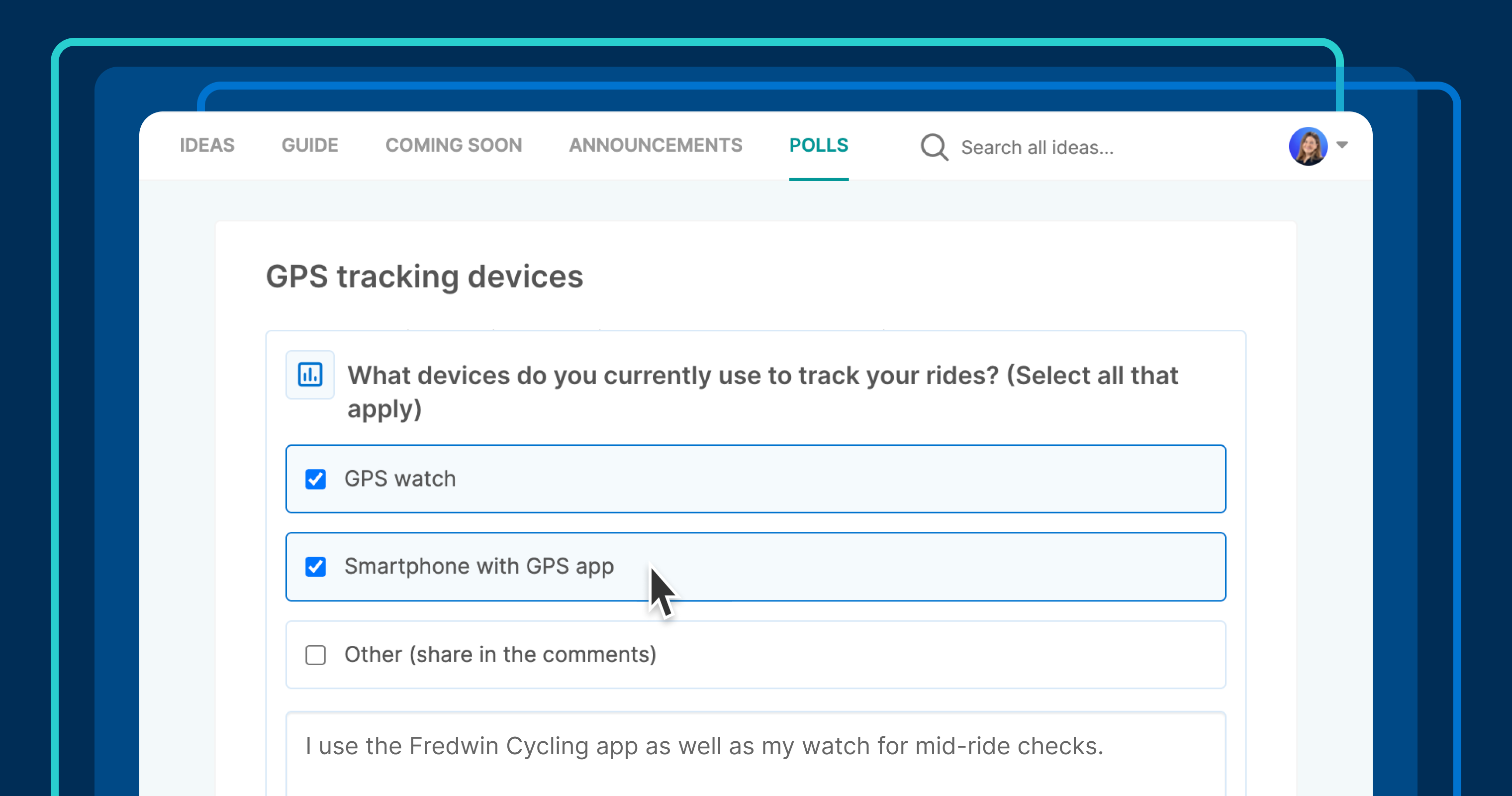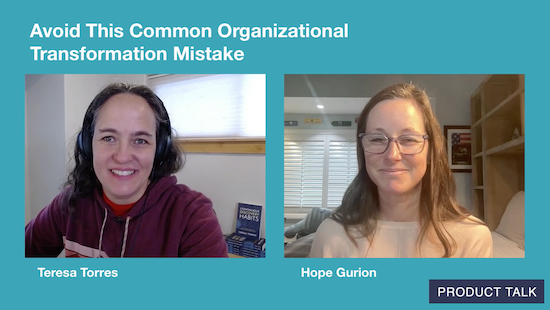Top 3 Warning Signs You Need a Roof Survey in Glasgow
Learn the top 3 signs that signal it's time for a roof survey in Glasgow. Don’t miss crucial early indicators that can save money and protect your property.

In Glasgow, where periods of heavy rain, biting winds, and seasonal weather shifts are common, your roof takes on a demanding job. Homeowners often assume that if water isn’t dripping from the ceiling, everything above is in good shape. But in truth, many issues develop quietly—out of sight and mind—until it’s too late. Waiting for visible damage often leads to costly repairs or even structural consequences. That’s why it’s important to recognise the early warning signs that indicate the need for a roof survey in Glasgow.
Conducting a professional inspection can help you maintain the value of your home, avoid emergency repairs, and plan ahead with confidence. Below, we explore the top three signs you shouldn’t ignore—and what they may mean for your property’s condition.
1. Persistent Water Stains or Damp Patches Indoors
It may start as a small yellow-brown spot on the ceiling, or perhaps a damp smell in the loft after rain. These early signs of moisture ingress are often overlooked but are among the clearest indicators that something’s gone wrong above.
Why Water Stains Matter
Water entering your property through a compromised roof doesn’t always appear immediately. Moisture can travel down timbers, through insulation, or seep slowly into ceiling boards before becoming visible. Once it reaches the internal structure, you could be dealing with:
-
Rotting roof timbers
-
Damaged insulation
-
Ceiling degradation
-
Mould development, particularly dangerous for people with respiratory concerns
What Causes It?
The issue may stem from:
-
Cracked or slipped tiles
-
Blocked or overflowing gutters
-
Damaged flashing around chimneys or vents
-
Dislodged ridge tiles
In a city like Glasgow, where rainfall averages over 170 days a year, even a small leak can become a big problem. Booking a roof survey in Glasgow at the first sign of water infiltration can limit damage and reveal hidden structural issues.
2. Tiles or Slates Are Missing, Loose, or Damaged
Scotland’s west coast weather is notorious for wind and rain, and even high-quality roofing materials wear over time. Missing or broken tiles are not just a cosmetic problem—they often lead directly to leaks and insulation loss.
Visual Clues from the Ground
You might spot uneven patches on the roof, debris on the ground, or hear tiles clattering during storms. These are not just signs of wear—they’re risks waiting to escalate. Loose or absent tiles can expose the underlay and battens, accelerating deterioration from moisture and wind.
The Hidden Damage
Even if just a few slates are cracked or misaligned, you could be looking at:
-
Wind-driven rain entering the substructure
-
Structural shift in load-bearing sections
-
Decreased energy efficiency from compromised insulation
-
Pest ingress through open areas
Most homeowners don’t regularly check their roofs. Without a professional eye, signs of wear may go unnoticed until larger problems emerge. That’s why one of the most common reasons to arrange a roof survey in Glasgow is simply to assess the condition of the roofing materials after a stormy season.
3. Ageing Roof with No Recent Inspection History
One of the clearest signs that a survey is overdue is the age of your roof. If it’s been 15–20 years since installation—or if you’ve never had it inspected—it’s time to take a proactive approach. Roofs, like all parts of a home, don’t last forever.
Longevity vs. Location
The lifespan of roofing materials varies:
-
Concrete tiles: ~40–50 years
-
Slate: ~70–100 years (but depends on quality)
-
Felt flat roofs: ~10–20 years
Even long-lasting materials degrade faster with constant exposure to rain, frost, and wind. Glasgow’s climate accelerates the wear process, especially in homes exposed to prevailing westerlies or near coastal areas.
Why Inspections Matter Over Time
An older roof may appear intact but suffer from:
-
Hidden rot in timbers
-
Compromised underlay
-
Loose or degraded mortar
-
Corroded flashing
A routine inspection helps identify problems before they surface and allows you to plan any work before emergency repairs are needed. It also helps with insurance claims, resale value, and compliance with local safety regulations.
Additional Indicators That Shouldn’t Be Ignored
While the three points above are the most critical, several other indicators may suggest it’s time to consult with a roofing expert:
Sagging Rooflines
This may be subtle from the outside but could suggest structural issues with the roof deck or support beams. Sagging can result from water saturation, insect activity, or weakened joists.
Moss and Algae Growth
This is not just an aesthetic issue. Moss retains moisture, which can cause tiles to degrade and shift. In severe cases, it also clogs gutters and downpipes, contributing to water damage.
Flashing Wear Around Chimneys and Skylights
Flashing is one of the most common sources of leaks. When it deteriorates, water finds easy entry points, especially around complex roof shapes.
Rising Energy Bills
Increased heating costs can sometimes be traced back to a roof that no longer insulates properly. Heat loss through the roof can account for over 25% of your total home energy loss.
What Happens During a Professional Roof Survey?
If any of the above warning signs apply to your property, a roof inspection by a qualified surveyor can provide clarity. A thorough survey will typically include:
-
External visual checks (tiles, ridges, gutters)
-
Internal loft/attic inspection (timbers, insulation, moisture)
-
Assessment of ventilation and condensation
-
Inspection of chimney stacks and flashing
-
Digital documentation, photos, and written report
This provides an accurate picture of the current condition and recommendations for repair, replacement, or ongoing monitoring.
Choosing the Right Roofing Professional in Glasgow
When seeking expert help, always look for roofing contractors or surveyors with:
-
Experience in Scottish climate conditions
-
Accreditation with trade bodies like NFRC or TrustMark
-
Public liability insurance
-
Clear, upfront pricing for surveys
Many local firms offer fixed-price inspections, and some may include surveys as part of larger work contracts. It’s best to compare a few options, read customer reviews, and ensure they’re experienced with the style and age of your property.
How Often Should You Get a Roof Survey?
-
Every 1–2 years for older homes (20+ years)
-
After major storms or extreme weather events
-
Before buying or selling a property
-
If visible signs of damage or leaks appear
Even new builds benefit from occasional checks, especially after harsh winters or high-wind seasons. Prevention is always more cost-effective than reactive repair.
Conclusion: Don’t Wait for Problems to Escalate
A roof survey in Glasgow may seem like a formality—until a minor issue becomes an emergency. Early signs such as water stains, missing tiles, or an ageing roof should be treated as prompts to take action. With the right inspection, you gain peace of mind, extend the life of your roof, and avoid spiralling costs down the line.
In Glasgow’s ever-changing weather, your roof needs regular attention to stay in good condition. Be proactive, not reactive, and your home will thank you for it.









































































































![Building A Digital PR Strategy: 10 Essential Steps for Beginners [With Examples]](https://buzzsumo.com/wp-content/uploads/2023/09/Building-A-Digital-PR-Strategy-10-Essential-Steps-for-Beginners-With-Examples-bblog-masthead.jpg)
















































